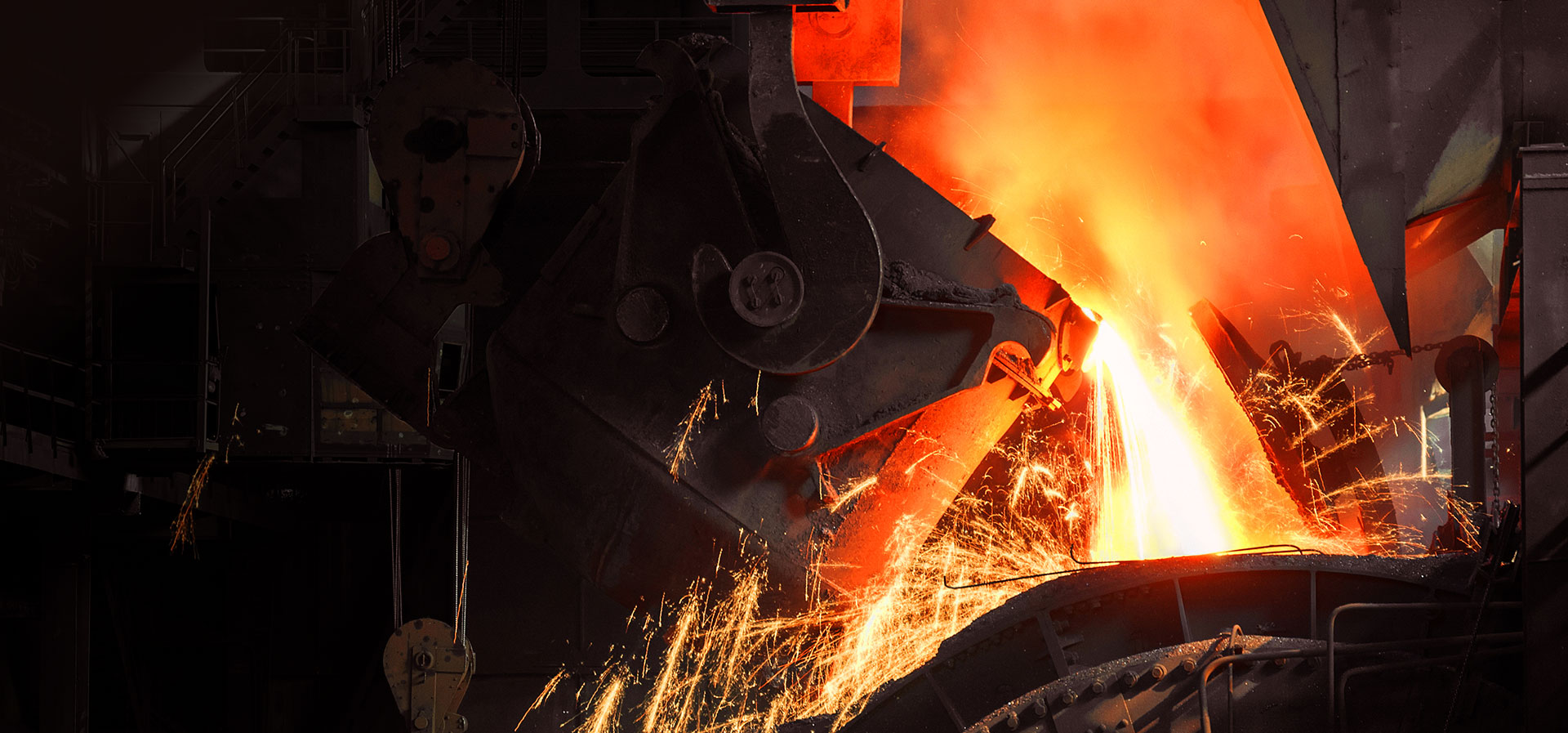The battleground for the newest global conflict has been set not with tanks and missiles, but with tariffs and trade policies. On Wednesday, the very day U.S. tariffs on steel and aluminum took effect, igniting a fierce trade war, the European Union and Canada launched their own countermeasures, striking back with precision-targeted levies on American exports.
The European Commission, the executive arm of the EU, dropped a bombshell with its announcement that starting April 1, it will revive a set of old tariffs from the Trump era. But they’re not stopping there. By mid-April, the EU plans to escalate with additional measures on over $19 billion in American products, strategically targeting the economic lifelines of Republican-voting states. This isn’t just a slap back; it’s a calculated missile strike aimed at causing political and economic upheaval where it hurts the most.
Meanwhile, Canada is gearing up for its own strike. As of 12:01 a.m. Thursday, Canadian tariffs will hammer down on $8.7 billion worth of U.S. steel products, $2.08 billion in aluminum goods, and an additional $9.85 billion of other imports from the U.S. This isn’t just a response; it’s a declaration that Canada is ready to stand toe-to-toe with its southern neighbor in this brewing storm of tariffs and trade tensions.
The steel prices, already climbing from yesterday’s $930 to today’s $941—a modest yet significant uptick—are just the tip of the iceberg. The real heat is in the response from the EU and Canada, designed not just to retaliate, but to strategically undermine the economic bases in states that swung heavily for Trump. From the rolling hills of Kentucky bourbon distilleries to the diamond cutters in the GOP heartlands, no stone is being left unturned in this economic assault.
As the trade war drums beat louder, the response from the Trump administration has been defiant, with the President arguing that these measures are critical shields to protect American jobs and industry. But as tariffs pile up and global economic partners draw their lines in the sand, the stakes skyrocket, threatening to spiral into a full-blown economic melee that could leave deep scars on international trade relationships and domestic political landscapes alike.
This high-octane standoff is more than a policy dispute—it’s a high-stakes gamble with global economic stability hanging in the balance. Like a game of chicken in the center of a global economic highway, the world watches breathlessly, wondering who will swerve first in this showdown of titanic trade powers.
Trade War Fallout – Implications for the U.S. Military
As the U.S. and its key allies exchange tariff fire in a burgeoning trade war, the repercussions ripple through not just economies but also military operations and strategies. Here’s a deeper dive into how the escalating trade tensions could impact the U.S. military at home and across the globe:
-
Rising Costs in Military Procurement: The surge in prices for steel and aluminum, essential components of military hardware, is set to inflate the budget for maintaining and enhancing the U.S. arsenal. This financial pressure could force a reevaluation of procurement plans, potentially leading to delayed upgrades or reduced capabilities.
-
Disruptions in the Supply Chain: The imposed tariffs threaten to disrupt the finely tuned global supply chains on which the U.S. defense industry relies. A hiccup in the supply of critical materials could lead to production bottlenecks, affecting everything from vehicle assembly to aircraft manufacturing, thereby impacting military readiness.
-
Strains on Strategic Alliances: As tariffs strain relations with NATO allies such as the EU and Canada, there could be indirect consequences for military cooperation. These alliances, crucial for collective security arrangements and joint operations, might face tensions that could complicate the strategic military landscape.
-
Increased Operational Costs Overseas: The operational costs for U.S. military bases abroad may climb as the local price of goods and materials increases in response to tariffs. Such increases would necessitate a higher operational budget, affecting the sustainability and logistics of overseas deployments.
-
Shifts in Global Strategic Positioning: The trade war could potentially weaken the U.S.’s strategic position relative to global competitors like China and Russia. As these nations might capitalize on the rifts between the U.S. and its allies, the geopolitical balance could shift, prompting a reassessment of U.S. security and foreign policies.
-
Impact on Military R&D: Research and development, the cornerstone of military technological superiority, could suffer as the costs of raw materials and components rise. Delays or increased expenditures in R&D projects could hinder the U.S. military’s ability to innovate and maintain its technological edge.
The unfolding trade conflict is more than an economic dispute; it’s a complex web that could entangle various aspects of military operations and strategy, requiring vigilant assessment and strategic foresight to navigate. As the U.S. tightens its tariff grip, the military must brace for a turbulent path ahead, marked by financial, operational, and strategic challenges.


